- Your cart is empty
- Continue Shopping

Product
Chemical name:(Z)-2-[4-(1,2-Diphenylbut-1-enyl)phenoxy]-N,N-dimethylethanamine
Formula: C26H29NO
Anabolic activity index: not a steroid
Androgenic activity index: not a steroid
ALTAMOFEN 20mg – ALPHA PHARMA
Introduction: Altamofen, containing Tamoxifen Citrate as its active ingredient, is a pivotal medication in the fight against breast cancer. This comprehensive overview delves into the history, mechanism of action, therapeutic applications, administration, potential side effects, and considerations associated with Altamofen Tamoxifen Citrate.
I. History: Tamoxifen Citrate, the key component of Altamofen, has a profound history dating back to its discovery in the 1960s. Its approval for medical use, including formulations like Altamofen, has revolutionized the treatment of hormone receptor-positive breast cancer and various other conditions.
II. Mechanism of Action: Tamoxifen Citrate exerts its therapeutic effects through selective estrogen receptor modulation. By competitively binding to estrogen receptors, Tamoxifen blocks estrogen’s stimulatory effects on breast tissue, inhibiting the growth of hormone-sensitive tumors.
III. Therapeutic Applications: Altamofen Tamoxifen Citrate is employed in the treatment of:
- Hormone Receptor-Positive Breast Cancer: Tamoxifen is a cornerstone therapy for hormone receptor-positive breast cancer, utilized in both adjuvant and metastatic settings.
- Breast Cancer Prevention: It may be prescribed for individuals at high risk of developing breast cancer to reduce the risk of disease occurrence.
- Male Breast Cancer: Tamoxifen is also utilized in managing breast cancer in men, although less frequently than in women.
IV. Administration and Dosage: Altamofen Tamoxifen Citrate is typically administered orally in tablet form. The dosage and duration of treatment are tailored to individual patient needs, guided by factors such as disease stage, hormone receptor status, and overall health status.
V. Potential Side Effects: While generally well-tolerated, Altamofen (Tamoxifen Citrate) may cause side effects, including:
- Hot Flashes: Some individuals may experience hot flashes, a common side effect associated with estrogen modulation.
- Menstrual Changes: Women may experience irregular menstrual periods or changes in menstrual flow.
- Increased Risk of Uterine Cancer: Long-term use of Tamoxifen may slightly increase the risk of uterine cancer, necessitating careful monitoring.
VI. Considerations and Monitoring:
- Regular Follow-ups: Regular medical check-ups are essential to monitor treatment response and manage potential side effects.
- Bone Health: Adequate calcium and vitamin D intake, along with bone density monitoring, are recommended due to the impact of estrogen modulation on bone health.
VII. Ongoing Research and Future Directions: Ongoing research related to Tamoxifen Citrate focuses on:
- Optimizing Treatment Duration: Investigating the optimal duration of Tamoxifen therapy to balance treatment benefits and potential risks.
- Predictive Biomarkers: Identifying biomarkers to predict treatment response and refine personalized treatment approaches.
VIII. Conclusion: Altamofen Tamoxifen Citrate remains a cornerstone in the comprehensive management of hormone receptor-positive breast cancer. Its established efficacy, coupled with ongoing research efforts, underscores its pivotal role in improving outcomes and quality of life for individuals facing this challenging diagnosis. As research continues to evolve, Altamofen stands at the forefront of personalized breast cancer care, offering renewed hope for patients and clinicians alike.
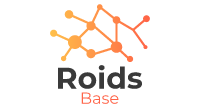

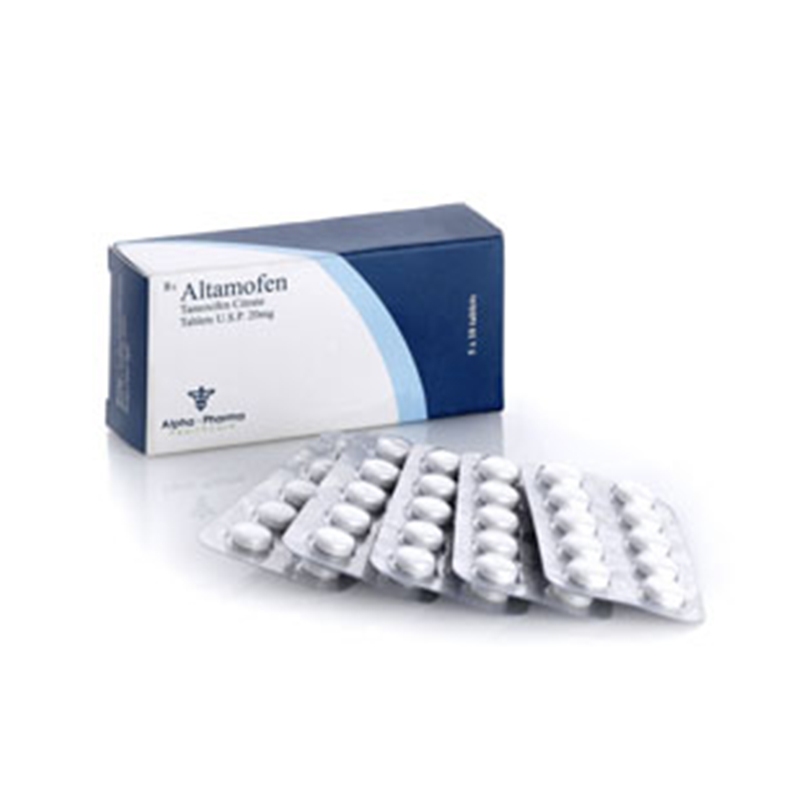
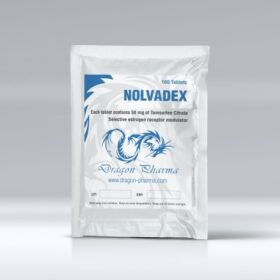
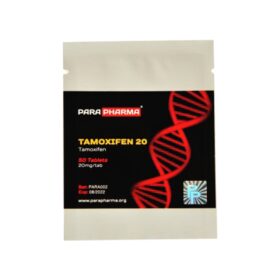
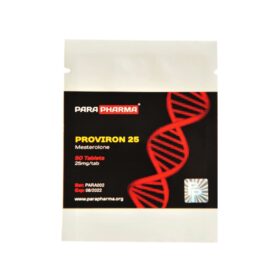



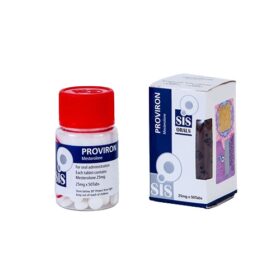




Reviews
There are no reviews yet.